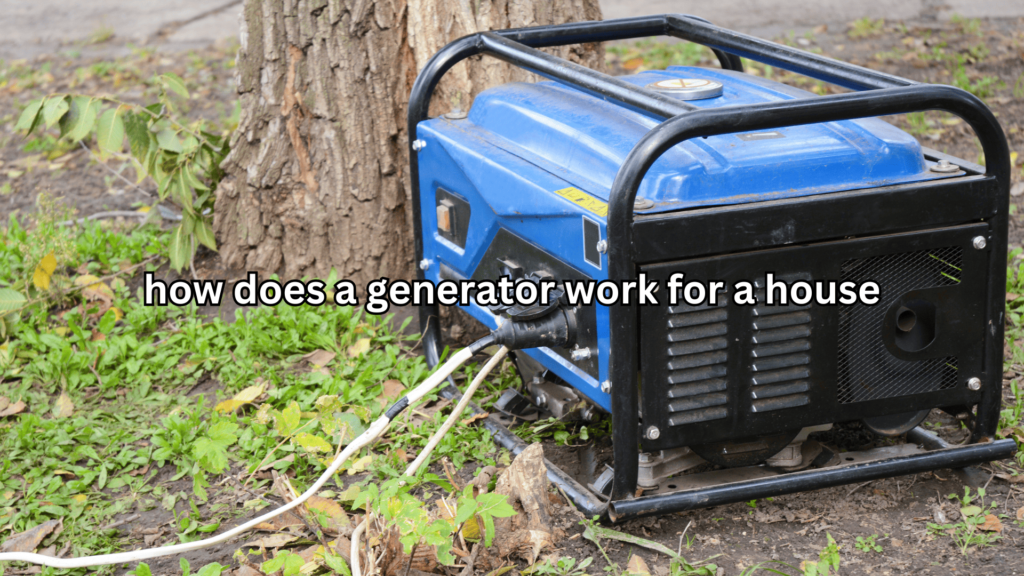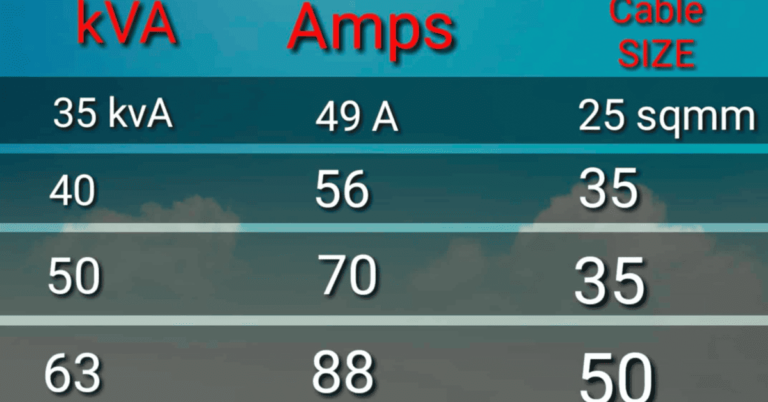How Does a Generator Work for a House: A Comprehensive Guide

In today's fast-paced world, electricity is essential for powering our homes and keeping our daily lives running smoothly. However, power outages are an inevitable part of life, whether due to severe weather, infrastructure issues, or other unforeseen circumstances. This is where generators come into play, providing a reliable source of backup power to keep our homes illuminated and appliances functioning during outages. In this guide, we'll delve into the workings of generators specifically designed for residential use, answering the question: how does a generator work for a house?
Understanding the Basics of Generators
Before delving into the specifics of how generators work for houses, let's first understand the basic principles behind their operation. A generator is essentially a device that converts mechanical energy into electrical energy. It operates on the principle of electromagnetic induction discovered by Michael Faraday in the early 19th century.
Components of a Generator
- Engine: At the heart of every generator lies an internal combustion engine, typically fueled by gasoline, diesel, or natural gas. This engine is responsible for providing the mechanical energy needed to turn the generator's alternator.
- Alternator: Also known as a generator head, the alternator is the component responsible for converting the mechanical energy from the engine into electrical energy. It consists of a stationary coil of wire (stator) and a rotating magnet (rotor), which induces an electric current in the wire as it moves past.
- Fuel System: Generators are fueled by various sources, depending on the model and type. Gasoline generators are common for portable use, while larger standby generators often run on diesel or natural gas. The fuel system ensures a steady supply of fuel to the engine for continuous operation.
- Voltage Regulator: To maintain a stable voltage output, generators are equipped with voltage regulators. These devices adjust the electrical output to ensure it remains within acceptable limits, preventing damage to connected appliances and electronics.
How Does a Generator Work for a House?
Now that we understand the basic components of a generator, let's explore how it functions to power a house during an outage:
Detection of Power Outage
Modern standby generators for homes are equipped with automatic transfer switches (ATS). These devices constantly monitor the utility power supply. When a power outage is detected, the ATS signals the generator to start automatically.
Starting the Generator
Upon receiving the signal from the ATS, the generator's engine is started automatically. In the case of portable generators, manual starting may be required.
Generation of Electrical Energy
Once the engine is running, it powers the alternator, which begins generating electricity. The alternator produces an alternating current (AC), which is the standard form of electricity used in homes.
Transfer of Power to the House
The generated electricity is then transferred from the generator to the house through the electrical wiring. In the case of standby generators, the ATS switches the electrical load from the utility power to the generator power seamlessly.
Powering Essential Appliances
With the generator supplying electricity to the house, essential appliances such as lights, refrigerators, heating systems, and electronic devices can continue to operate as usual.
Monitoring and Shutdown
Once utility power is restored, the ATS switches the electrical load back to the grid, and the generator is shut down automatically. This ensures a smooth transition from generator power back to the utility supply.
Types of Generators for Homes
There are several types of generators designed specifically for residential use:
Portable Generators
These are smaller, mobile units that can be moved around as needed. They are typically fueled by gasoline or propane and are ideal for powering a few essential appliances during temporary outages.
Standby Generators
Also known as whole-house generators, standby generators are permanently installed outside the home and are connected directly to the electrical system. They are capable of powering the entire house for extended periods and automatically start during outages.
Benefits of Using a Generator for Your House

- Continuous Power Supply: Generators ensure that your home remains powered even when the grid fails, providing comfort and safety during outages.
- Protection of Electronics: By maintaining a stable voltage output, generators protect sensitive electronics from damage caused by power fluctuations.
- Peace of Mind: Knowing that you have a reliable backup power source in place provides peace of mind, especially during severe weather events or emergencies.
Conclusion
Generators play a crucial role in ensuring uninterrupted power supply to homes during outages. By converting mechanical energy into electrical energy, they keep essential appliances running and provide comfort and security to homeowners. Understanding how generators work for houses empowers individuals to make informed decisions when selecting and installing backup power solutions tailored to their needs. Whether it's a portable generator for occasional use or a standby generator for full-house coverage, investing in a generator can offer invaluable peace of mind and protection against unexpected power outages.
FAQS: How Does a Generator Work for a House
How does a generator work for a house?
Generators for houses operate on the principle of electromagnetic induction. Essentially, when the generator's engine (typically fueled by diesel, gasoline, or natural gas) starts, it spins a rotor within a magnetic field. This spinning motion generates an electrical current in the wires connected to the rotor, creating electricity. This electricity is then routed through outlets and circuits in your home, providing power to your appliances and devices.
How does a portable generator work for a house?
Portable generators function similarly to larger standby generators but are designed to be movable and provide power to smaller loads. These generators have a small engine that is started by pulling a cord or pressing a button. Once running, the engine drives an alternator to generate electricity. The power produced is then available through the generator's outlets, allowing you to connect appliances or extension cords to power essential devices in your home during an outage.
How does a whole-house generator work?
A whole-house generator, also known as a standby generator, is permanently installed outside your home and is connected to your electrical system. When there's a power outage, an automatic transfer switch detects the loss of power from the utility grid and signals the generator to start. The generator then supplies electricity directly to your home's electrical panel, powering all your essential circuits. Once the utility power is restored, the transfer switch switches the power source back to the grid and shuts down the generator.
How does a household generator work during a power outage?
During a power outage, a household generator, whether portable or whole-house, springs into action to provide backup power. Portable generators require manual start-up, where you typically pull a cord or push a button to activate the engine. Whole-house generators, on the other hand, automatically start when they detect a loss of utility power. Regardless of the type, once running, the generator produces electricity, which is then distributed to your home's electrical circuits through outlets or directly into your electrical panel.
How does a generator run a house for an extended period?
Generators can run a house for an extended period as long as they have a sufficient fuel supply. Portable generators typically run on gasoline, diesel, or propane, with fuel tanks that need to be refilled periodically. Whole-house generators often run on natural gas or propane and can be connected to an existing gas line for continuous fuel supply. With proper maintenance and fuel management, generators can provide backup power for days or even weeks during extended outages.
How does a full-house generator work when the power goes out?
When the power goes out, a full-house generator, also known as a whole-house generator, automatically starts within seconds of detecting the outage. Once activated, the generator supplies electricity to your home's electrical panel through a transfer switch, ensuring seamless power delivery to your essential circuits. This allows you to continue using appliances and devices as usual until utility power is restored.
How does a generator switch work for a house?
A generator switch, also known as a transfer switch, is a crucial component of a home generator system. It serves to safely and automatically transfer the power source from the utility grid to the generator during a power outage and vice versa when power is restored. The transfer switch constantly monitors the incoming utility power and switches the electrical load to the generator when it detects an outage. This ensures that your home receives uninterrupted power from the generator until normal utility power is available again.


